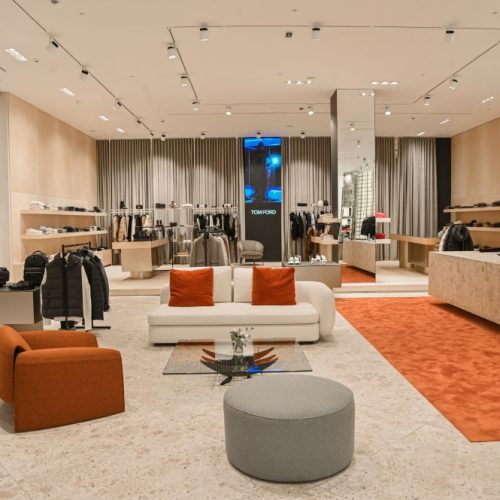- About Us
- Heritage
- Brands
- Brioni
- Loro Piana
- Gianvito Rossi
- Tom Ford
- Santoni
- Malo Cashmere
- Jacob Cohen
- Enrico Mandelli
- Svevo Parma
- Barba Napoli
- Fay
- Bottega Veneta
- Zegna
- Off-White
- MooRER Verona
- Stone Island
- Palm Angels
- Marcelo Burlon
- Tod’s
- Ballantyne
- Bramani Cashmere
- Brunello Cucinelli
- Kiton
- Dolce & Gabbana
- Jil Sander
- Ami Paris
- Yves Salomon
- Tagliatore
- PT Pantaloni Torino
- Lardini
- Brioni
- Loro Piana
- Gianvito Rossi
- Tom Ford
- Santoni
- Malo Cashmere
- Jacob Cohen
- Enrico Mandelli
- Svevo Parma
- Barba Napoli
- Fay
- Bottega Veneta
- Zegna
- Off-White
- MooRER Verona
- Stone Island
- Palm Angels
- Marcelo Burlon
- Tod’s
- Ballantyne
- Bramani Cashmere
- Brunello Cucinelli
- Kiton
- Dolce & Gabbana
- Jil Sander
- Ami Paris
- Yves Salomon
- Tagliatore
- PT Pantaloni Torino
- Lardini
- VIP Club
- Made-to-measure
- Online Shop
- News
- Contact



